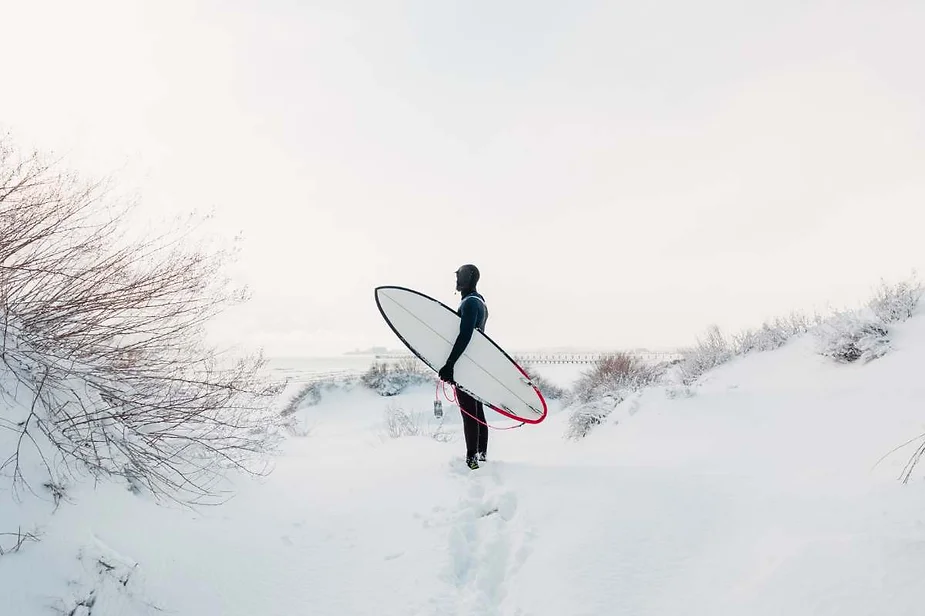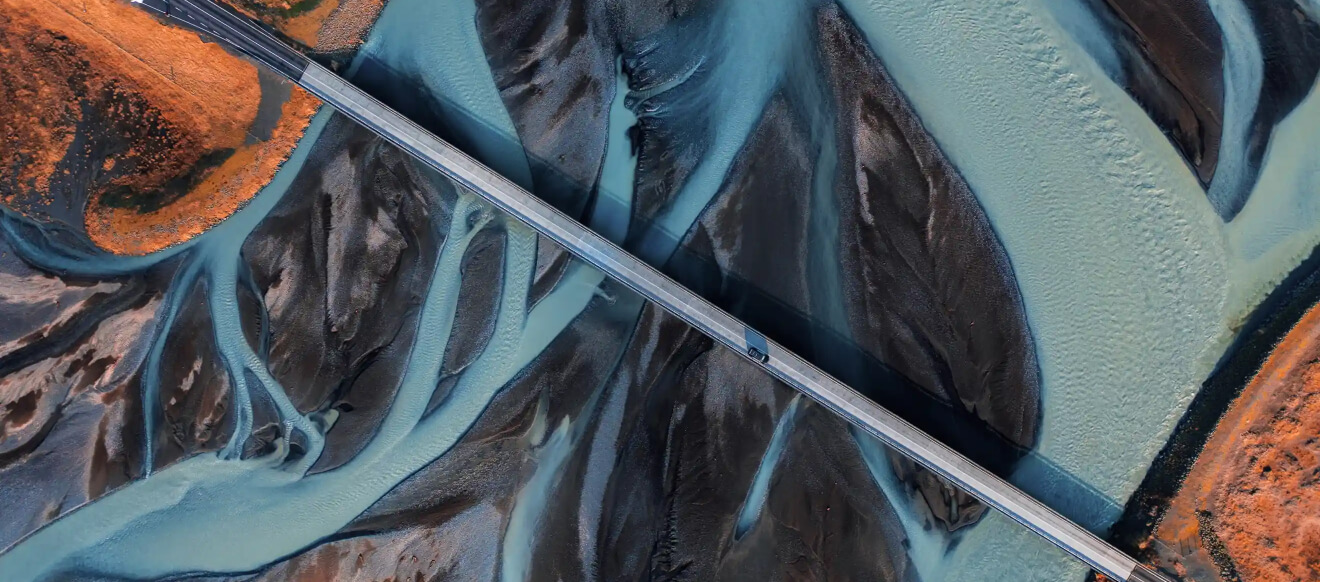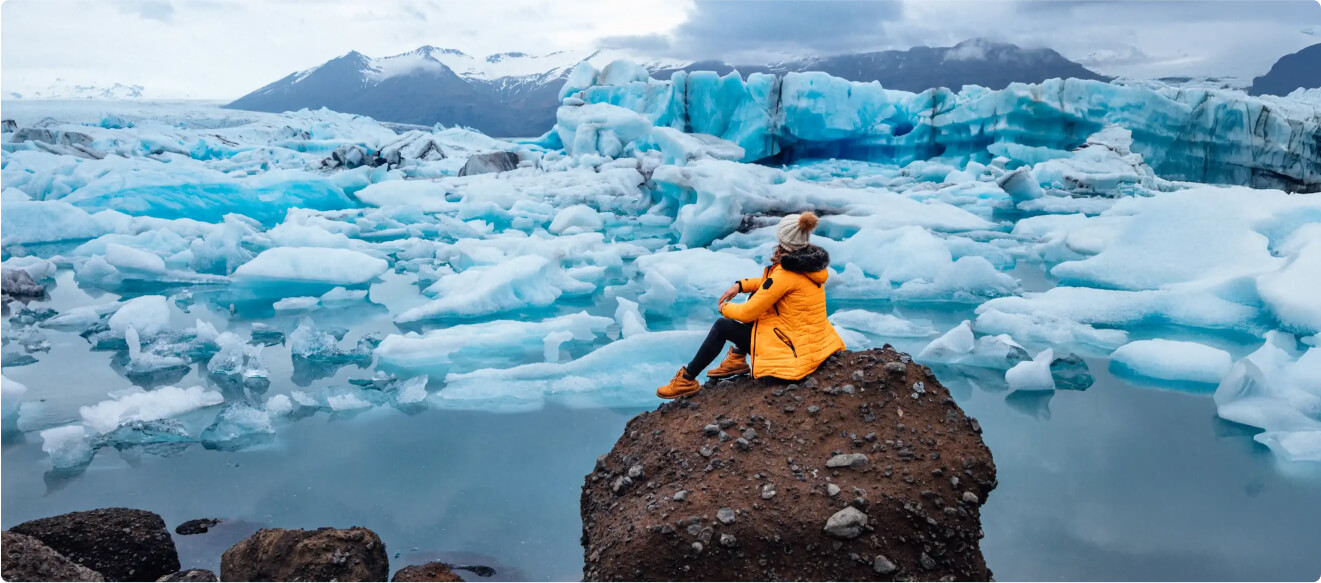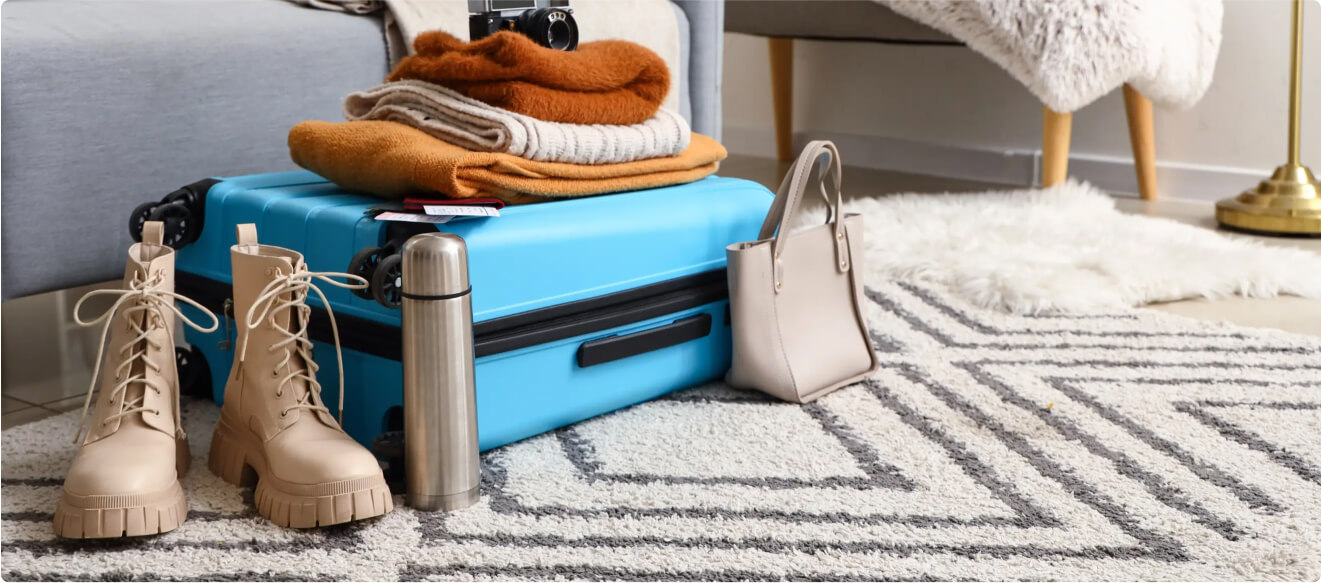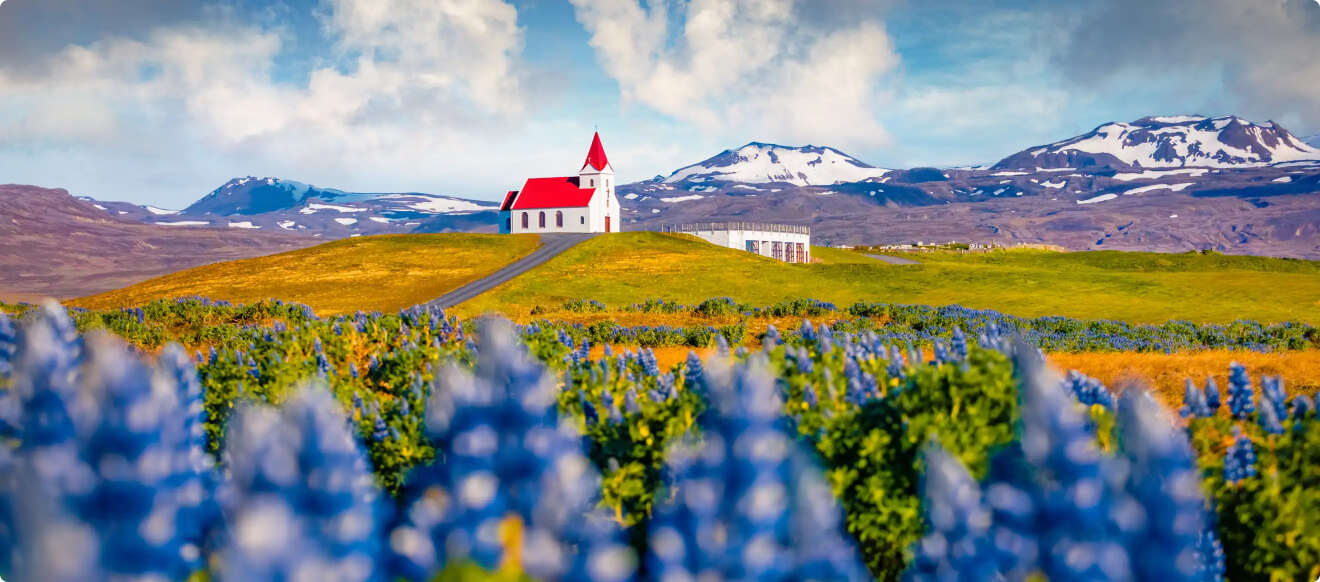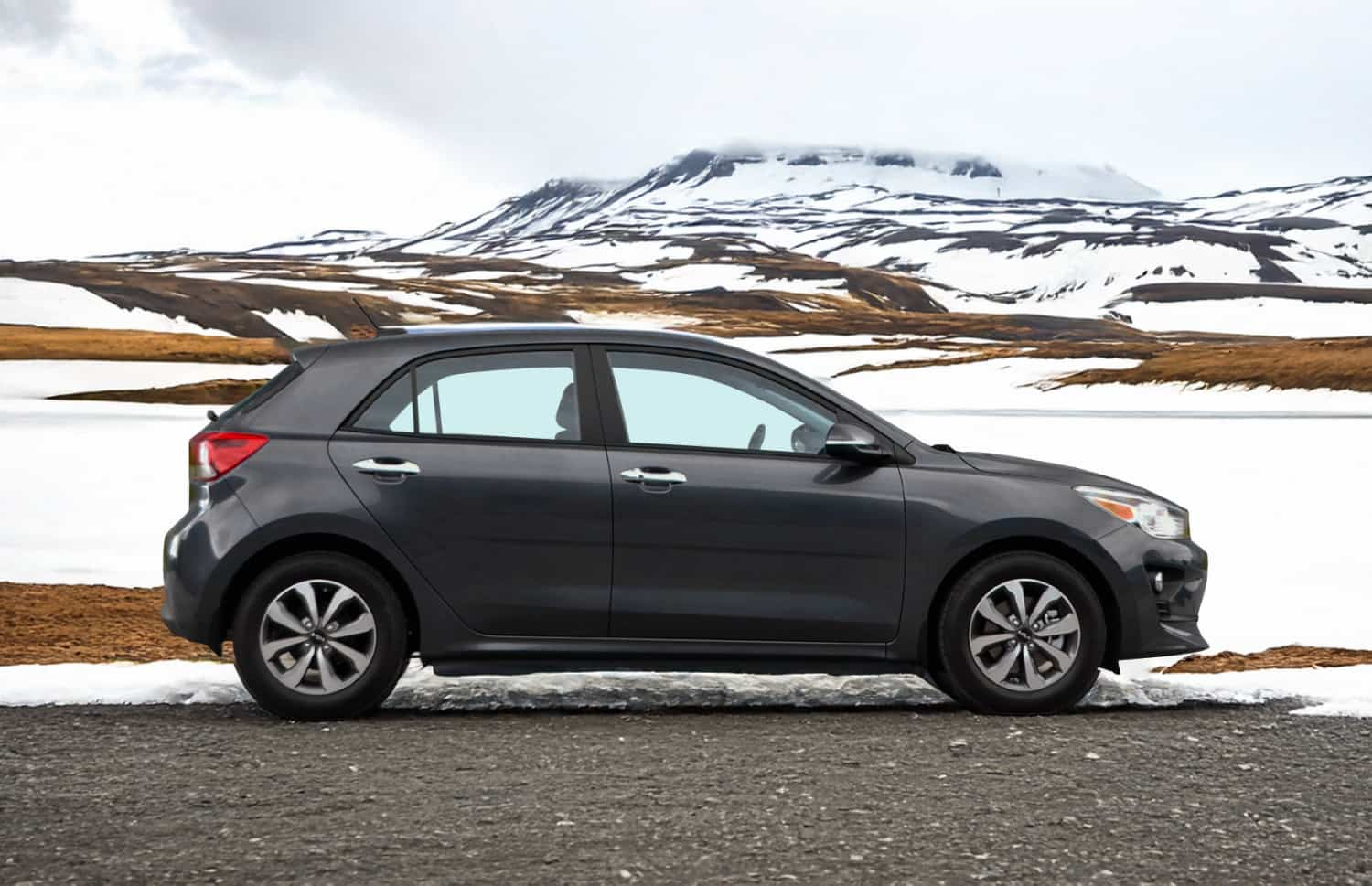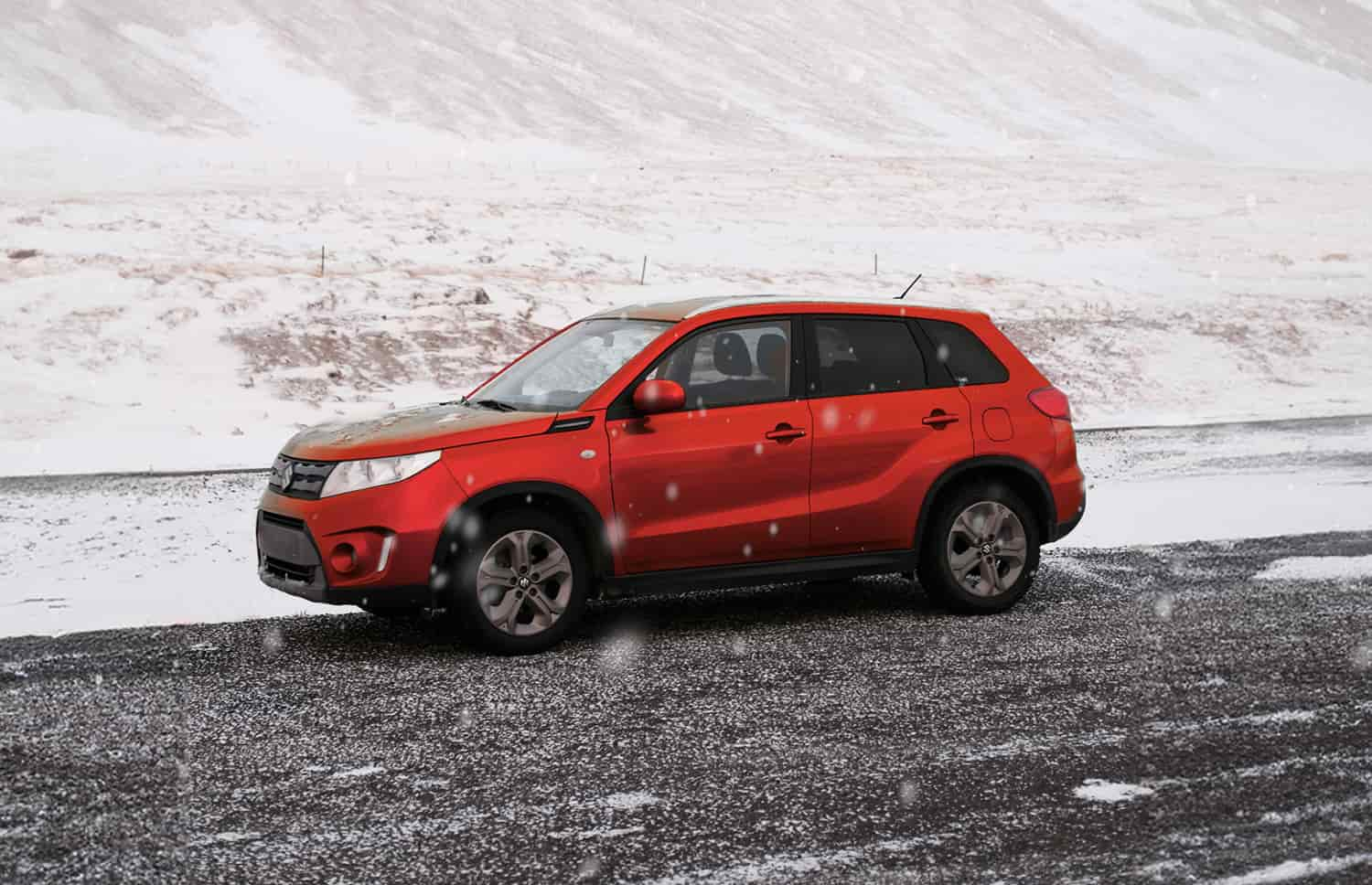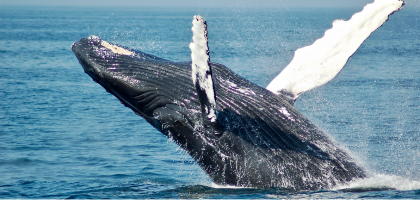Surfers usually seem pretty cool and chill. In Iceland, they are cool in another sense and will definitely be chill after some time in the water. With the cold, hard winds, and very active waters, surfing in Iceland is an experience of a lifetime. Decide when to go, contact the locals for the best support regarding equipment and location, and catch some cool waves in not so chill waters!
When seeing a huge wave come crashing in on the shore, we often think, “Wouldn’t it be cool to surf that?”. Iceland has no shortage of large and powerful waves. Often, they can be an issue, but in certain areas and at certain times, some people brave the waters to ride them! In this article, we disclose all you need to know about surfing in Iceland and the coolest surfing spots you can find.
Surfing in Iceland
Can you surf in Iceland? Definitely! In fact, since it’s such a unique experience, we personally believe that it should be on the list of the best things to do in Iceland!
Toss the coconut drink aside and leave the blistering sand for a cup of warm cocoa and a cool, black beach. Despite being in the far north, surfing in Iceland is gaining ground in the international surfing community. Still, we won’t see a major surfing contest in Iceland anytime soon.
The volatile ocean at the coast of Iceland creates great waves to surf on, but historically, the waters have been too cold to surf in. With the development of modern dry suits, surfers can now get into the waters and stay in for a long time without getting hypothermia. That surely makes surfing in Iceland a breeze! Or maybe just warm enough to enjoy.
Cool Temperatures and Windy Weather
Even though there are many fun puns to make about Greenland being icy and Iceland being green, the temperatures in both water and air will very likely live up to the name of the country.
When you plunge in the Iceland waves, you can’t expect the same warm welcome as you would when you take a dip in the Icelandic hot springs. That’s why it’s important to know what you wear to surf in Iceland. An Iceland surf guide will be happy to help you with your choice of equipment, though, so don’t worry.
Even though Iceland is at the end of the warm Gulf Stream, the waters will never be warm. The warmest surfing in Iceland will be around 10 °C at the peak of summer and drop to around 4 °C in the winter. Fun fact: 4 °C is a normal temperature in the water around the colder areas around both the South and North Pole. This makes this more or less the coldest waters you will find that aren’t frozen over.
We love Iceland, but the weather is volatile, and it’s even more hectic on the coast. Inland, the weather is often milder. It will provide still December nights with northern lights and serene snowfall, as well as long and warm summer days with some midnight sun.
At the coast, the wind is a constant companion, and luckily for surfing in Iceland, that is exactly what we want! The wind often drives waves and gives the Iceland surf game an extra kick.
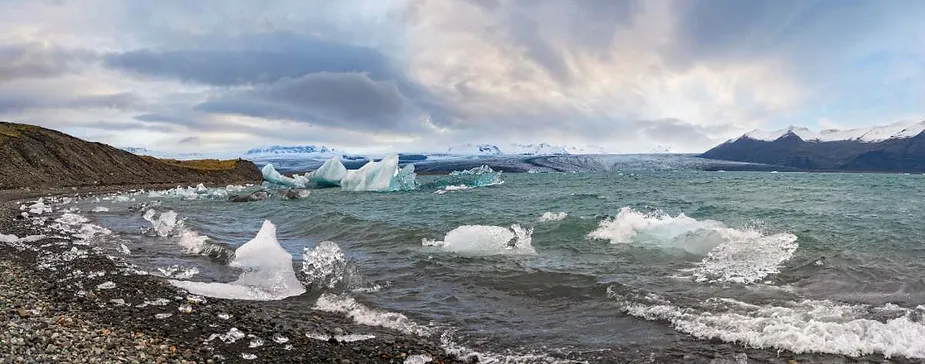
Cold vs. Cold – Choosing Which Season to Surf
In the summer, max temperature is around 20 °C on land. But it will normally be in the range of 10-15 °C. This makes hot cocoa and a thick blanket good things to pack, even in the summertime. In the winter you will have freezing temperatures, but with the right gear, and a warm hat made of Iceland wool, that shouldn’t bother you too much.
Choosing the time of the year to go surfing in Iceland is going to come down to what you like the most. The surf season Iceland has is all year round, but different seasons come with different perks and drawbacks.
In the Icelandic winter, the days will be short, and the weather will be icy and tough. The rough weather comes with the added benefit of higher and more frequent waves that you would want to take.
Icelanders are big on fishing, so you’ll often find them doing that whilst you’re out surfing. But fishing in the ocean isn’t that popular during the winter months. And if you were hoping to combine your love of surfing and fishing by jumping on the global trend of surf fishing, you, unfortunately, won’t find that activity on the island - yet.
In the summertime, the weather is fine, and so is the water. This means that the Iceland summer is both good and bad. The weather and water will be more pleasant to be in and around, making your day more enjoyable whilst surfing. The water will be calmer and produce fewer good waves, but since you have an incredibly long day, you have time to wait.
Both winter and summer are seasons with high pressure from visitors, and the prices often go up. To bring down the Iceland surf trip cost, you can always aim for the shoulder seasons that have a little bit of a mix between the rough waters and longer days. The travel cost will be lower, accommodation a bit cheaper, and you will likely have an easier time renting equipment.

Vibes and Waves – Where to Surf in Iceland
Since the waters around Iceland are cold, rough, and anything but forgiving, there are only so many places you can safely surf at. When it comes to the best places to surf in Iceland, we have compiled a list of our top 3 spots for beginners, intermediate, and experienced surfers.
-
Sandvik is the most popular spot to surf in Iceland and is where you will go as a beginner. This is in the Reykjanes peninsula and is a great place to start to get a feel for the waters.
-
Eyvik is in the northern part of Iceland and is great if you have some experience. It is in the northern part of Iceland
-
Gríndavik is where you will have to really take on the waves. It’s great for experienced surfers and is exactly where you want to end your Iceland surf trip.
Finding Surfing Equipment in Iceland
The water is cold, the air is cold, and the market for buying surf equipment is... practically non-existent. If you contact an Iceland surf camp or any similar organization, they will help you with the necessary equipment and point you to the best surf companies in Iceland.
But for a short visit, you don’t want to purchase any equipment for this or any other extreme sports in Iceland, so renting will be your best option. Bringing surfing equipment on a plane is also a hassle, so we recommend contacting your organizers before you leave to make plans for your surfing trip in Iceland.
What are the Surfing Alternatives?
Look, the heart is strong, but the flesh is weak and even though you may have many surfing dreams, your body might simply not agree with you. Some people can have the best intentions and an even better surf camp trainer only to realize that for some bizarre reason it’s like their body just doesn’t want to move with the board. That doesn’t mean that you’re not aching for some Iceland water adventure.
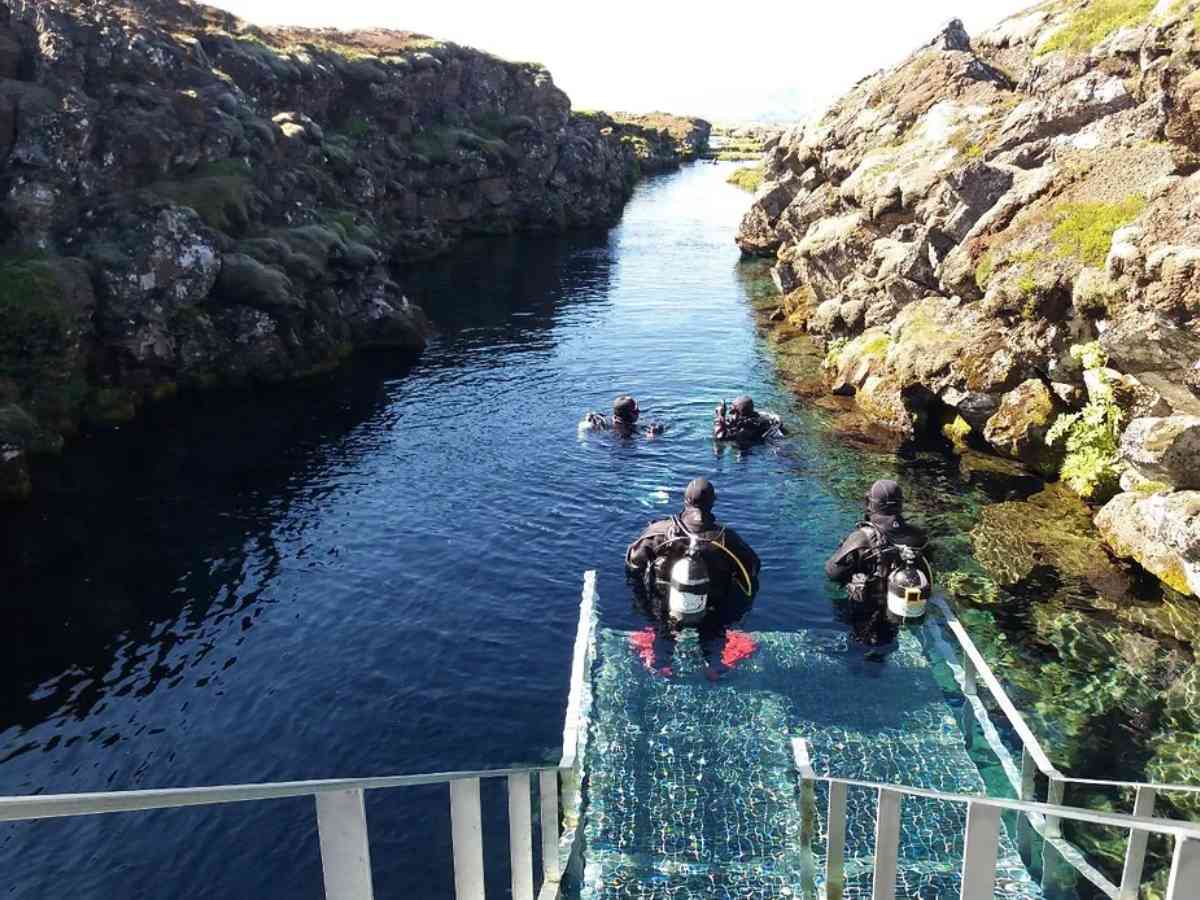
For these unlucky few, we highly recommend going scuba diving in Iceland or snorkeling in the Silfra Fissure. If you like water sports, you should absolutely not miss this unforgettable experience, and we're sure it will be one of the highlights of your trip.
Silfra is the part of Iceland where the Eurasian and North American tectonic plates push each other away and you can float around in the natural spring water flowing in between.
Just keep in mind, that whilst anyone can go the snorkeling route, you’ll need to have all the necessary certifications to go scuba diving.
Get Going!
Now you know where to go, when to go, and how to get the equipment to get the authentic surfing in Iceland experience. Your next move is to check out and rent a car to cruise the Iceland roads on your way to the coolest surfing experience of your life.




